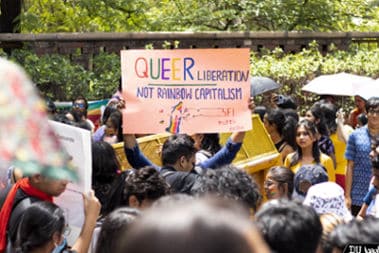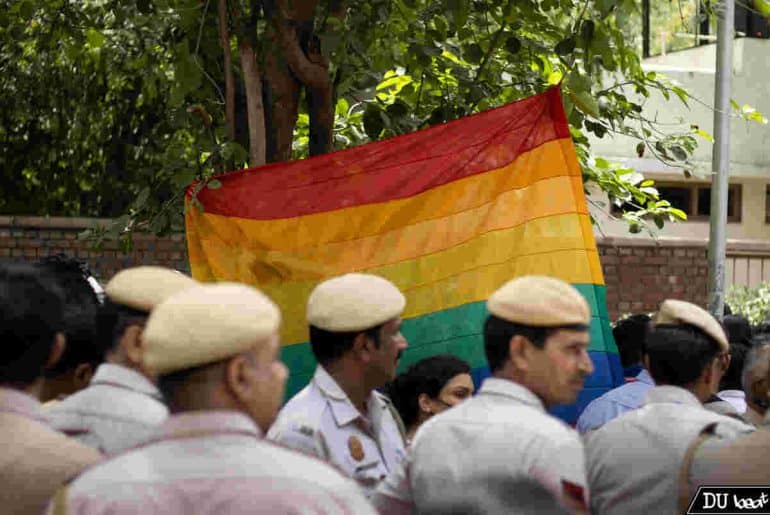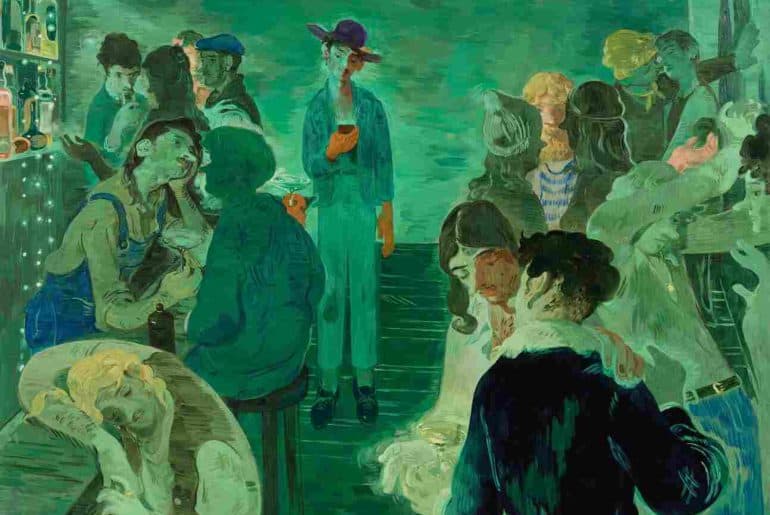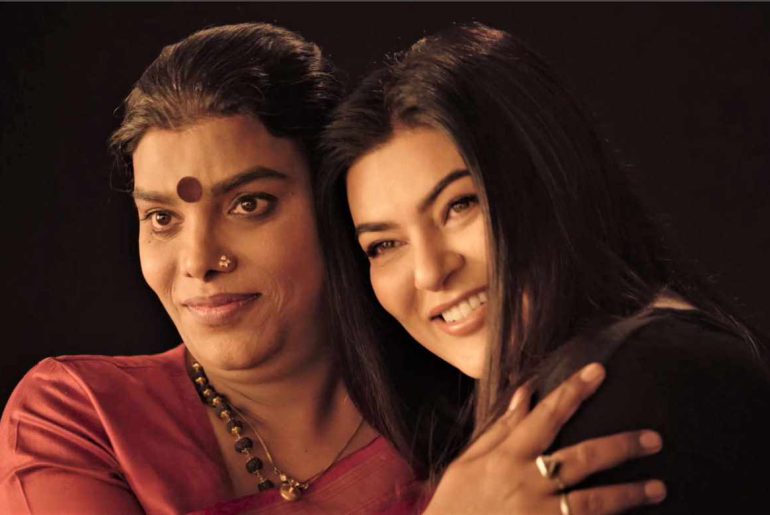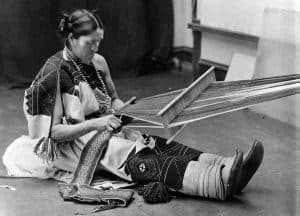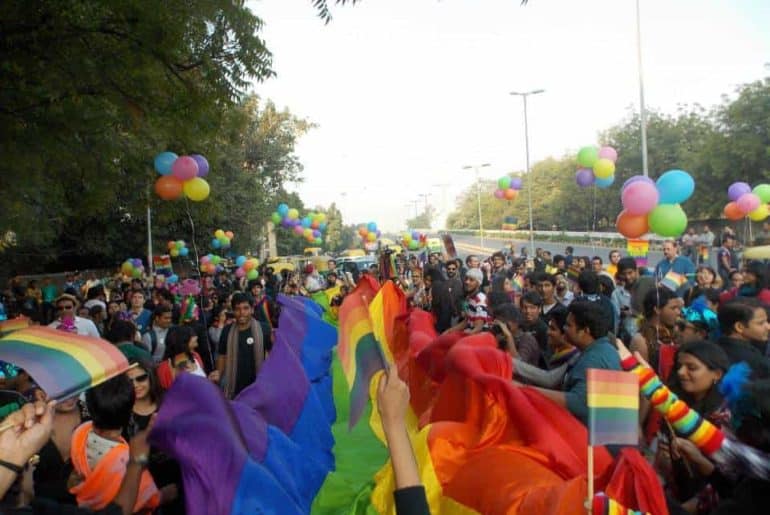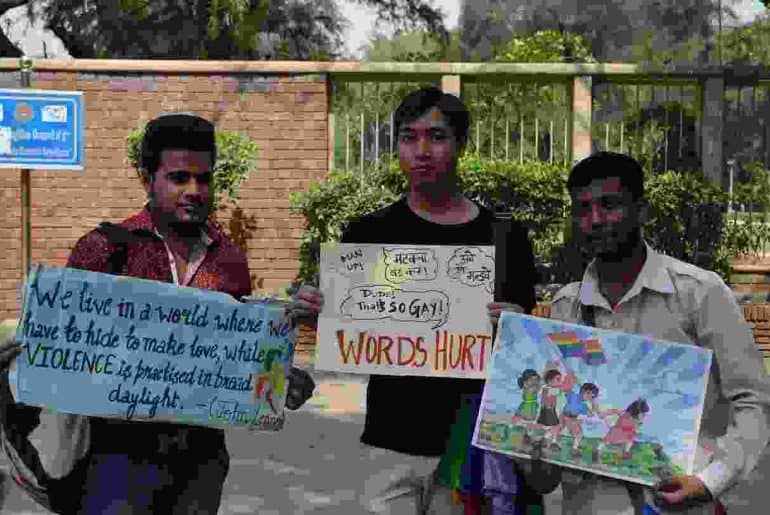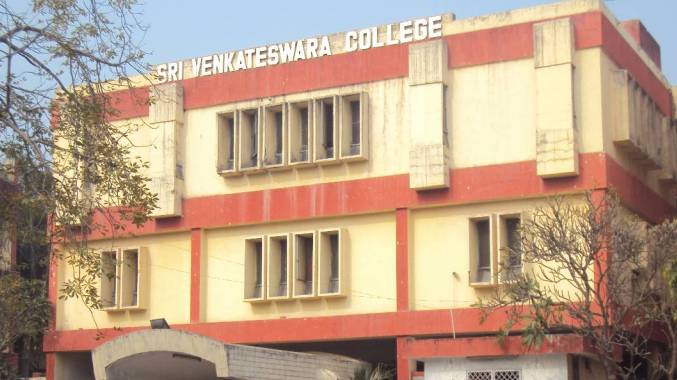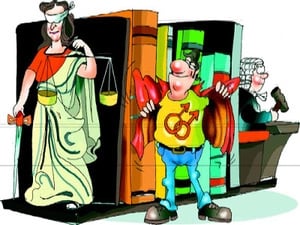Recently, controversy erupted when the ‘Ambedkarite Queer’ attendees at the 2024 Mumbai Pride Parade were allegedly barred from chanting “Jai Bhim,” a popular slogan for Dalit liberation and the annihilation of caste. In the light of this missing intersectionality, along with the all-too-familiar hijacking of Pride by corporations professing ‘rainbow capitalism,’ the question arises: where is the soul of Pride today?
While Pride stands as a symbol of celebration of diversity and a fight for equal rights, it has been exploited over the years not only within the realm of capitalism but by political parties in the country, who have been handed over the task to initiate laws for marriage equality by the honourable Supreme Court. India hosts several Pride marches across cities like Mumbai, Pune, Delhi, and many more. However, the history of the Pride march illustrates several obstacles, like police and legal restrictions, all over the country.
Recently, the Pride March conducted in Mumbai on February 3rd, 2024, witnessed bouts of ‘political tokenism’. Altercations were reported between groups that were accused of raising ‘political slogans.’ In reality, it so panned out that individuals who identified themselves as ‘Ambedkarite Queers’ were barred from chanting ‘Jai Bhim’ and their posters of B.R. Ambedkar were snatched by the Pride Volunteers. While Pride is a celebration of the diverse gender spectrum, it is also a battle for equal rights for all. While gender and sexuality sadly pose a barrier in today’s world, individuals also have to surpass other social barriers like caste and religion, depicting the intersectionality of oppression. While Pride aims to propose a ‘safe political space’ for claiming moral individual rights, incidents of such sorts explain the ‘hollowness’ behind its façade of progressivism within the country.
Furthermore, the reading of the Preamble of the Indian Constitution conducted during Mumbai Queer Pride allegedly missed out on the word ‘secular.’ Interesting, sigh. Apologies if this smells of ‘saffronization’ of long-protected social justice spaces as well. Allegedly revoking the word ‘secular’ sadly reeks of an established right-wing government injecting its agendas into what was supposedly a liberal safe space. Nevertheless, members of Mumbai Queer Pride soon after published a public apology on Instagram, citing their “respect to stand with every cause that intersects with Queer lives.”
Much earlier, the 2020 Pride, then scheduled to be held in Mumbai, was cancelled owing to protests related to the Citizenship Amendment Act, 2019, squashing the annual celebration of the city’s widespread queer community. Similarly, even Delhi’s Pride Parade, which has been held since 2008, has witnessed over hundreds of police personnel and restrictions in place every year (yes, queer people are ‘too dangerous’ after all).
Indeed, several questions come to mind. Can Pride ever be apolitical? Can the fight for queer rights be fought without taking into account intersectionality? And most importantly, is the liberation of any queer people possible without the liberation of all queer people, intersecting religious, caste, and other social hierarchies?
While the answers seem obscure, Pride Marches was initially conceived with the idea of creating a protected sphere for queer individuals where their individuality is celebrated and their need for fundamental rights amplified while the rest of the world shuns them. Pride today has been tainted with flimsy populist politics, evident from such policing and legalities.
With the 2024 Lok Sabha elections nearing, we flashback to the 2019 elections and the manifesto promises of providing equal footing to the LGBTQ+ community within society with equal opportunities in health, education, and work by all the political parties. While the abrogation of Section 377 served as a major win for LGBTQ+ rights, the ruling party, after coming into power, has since taken scarce measures to ensure a safe space for the community. There has been hardly any legislation for trans inclusivity in employment, health, education, and likewise.
This brings us to another pertinent question: are political parties using the ‘fight for equal rights’ as an ‘agenda’ to gain votes from the youth? Has the soul of Pride been sucked into the circle of ‘vote-bank politics’? A student from Lady Shri Ram College, University of Delhi, shared their opinion on this matter,
A lot of institutions before electoral processes conduct ‘rainbow representation’ for tokenistic purposes, and even after they get elected, they hardly create any change for the betterment of the community. Pride also witnesses ‘rainbow capitalism’ where organisations are’selling’ queer people while they are intrinsically homophobic or transphobic in their manufacturing purposes or ideologies. It’s tragic and cannot be solved unless the majority from every electoral poll holds MPs and MLAs accountable for providing equal gender rights.
National-level politics, besides capitalism, have exploited the LGBTQ+ community with manifestos that are just fantasy and rainbow-themed products in corporate organisations, while rejecting jobs for any individual who identifies as a part of the community under the garb of a progressive corporate work environment. Several examples can be cited from student politics as well. Pride marches conducted by student political parties, while turning out to be a huge success, get overruled by the spotlight due to how ‘woke’ the political party is. An instance of this can be pointed out in the Pride March conducted by the Student Federation of India (SFI) at the North Campus of Delhi University in 2023. Several gender-rights collectives that were part of the parade claimed that the march was boiled down to an ‘SFI-led event’ with SFI flags overruling the Pride flags. After all, it’s never a fight for equality, but ‘look how progressive our party is’ implying that ‘do not forget to vote for us; elections are just around the corner!’
“Pride will always be political,” they say, but moral boundaries between what is an election stunt and a genuinely progressive cause are the need of the hour; otherwise, it plainly delegitimizes the fight of generations. For years, caste oppression, poverty, economic inequality, and a lack of education have been favourite playthings of parties running for elections. But LGBTQ+ rights are now grabbing the spot of the top favourite toy of political parties, which are hell-bent on turning it into another token movement. While social justice movements embedded within the realm of politics are getting fooled by the world of politics itself, is there no way out of this paradox? Is justice, indeed, blind?
The abrogation of Section 377 was never about the liberty of the LGBTQ+ community. It was always tagged as one of the greater ‘achievements’ of the ruling party and the Prime Minister. While ‘taking credit’ remains a societal norm, social justice can hardly prevail in such a society.
As long as same-sex marriage still remains a far-fetched dream in a country of the twenty-first century, it is important to think how many Pride Marches, police restrictions, legal obstacles, political tokenism it will take for justice to prevail and to live equally in this unequal world.
Read Also: Pride, Privilege, Politics: A Third-Year Perspective on Being Queer in DU
Featured Image Credits: DU Beat
Priyanka Mukherjee
[email protected]

